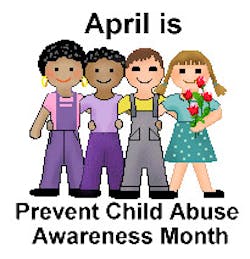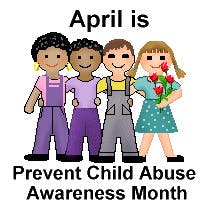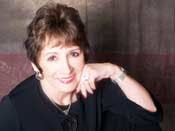Preventing sexual violence: an educational toolkit for health-care professionals
As health-care professionals, we will sometimes be faced with moral and ethical dilemmas, such as when we suspect violence or abuse, especially in children. Have you ever suspected that a patient was being abused by a parent, sibling, or partner but not known how to help them? I suspect that most of us would be able to handle these situations better if we had had more information, additional resources, or suggestions on communication.(1) There are age-specific guides to help us better available for us to better acquaint ourselves with these scenarios.(2,3,4,5) Every month is Prevent Child Abuse Awareness Month!
The American Academy of Pediatrics recently updated its 2005 guidance on evaluating children for sexual abuse. The recommendations were published in the journal, Pediatrics. The guidelines are specifically targeted to pediatricians, but are helpful to all health-care professionals. It suggests that health-care professionals: ➢ be prepared to respond to suspected sexual abuse, given that it occurs frequently, with some estimates as high as 5% to 25% of children; ➢ know the mandatory child abuse reporting laws in their area; ➢ be familiar with "normal, developmentally appropriate variations in children's sexual behaviors," as well as "normal and abnormal genital and anal anatomy in children"; ➢ use non-leading language when asking questions about potential abuse; when possible, the child should be separated from the parent for questioning; and ➢ seek expert opinion when the child's physical examination appears abnormal, with referral for cases that require forensic testing, emergency contraception, or prevention of sexually transmitted infections.(6) There is an AAP toolkit for preventing sexual violence, accessible free of charge.(7) There are tools for general awareness, clinical guidance, materials for parents and patients, tools for advocacy community education, and patient education. Most do not require a subscription to AAP's online Patient Education Online. As always, prevention is the best medicine. We should learn what sexual violence is and how common it is, what puts children and adolescents at risk for sexual violence, and you can do as a health-care provider, parent and a community member to prevent sexual violence. Good communication is the key. A clinical report updates a 2005 report from the American Academy of Pediatrics on the evaluation of sexual abuse in children.(8) The medical assessment of suspected child sexual abuse should include obtaining a history, performing a physical examination, and obtaining appropriate laboratory tests. The role of the physician includes determining the need to report suspected sexual abuse; assessing the physical, emotional, and behavioral consequences of sexual abuse; providing information to parents about how to support their child; and coordinating with other professionals to provide comprehensive treatment and follow-up of children exposed to child sexual abuse.(8) For more specific information on Oral and Dental Aspects of Child Abuse and Neglect, view the guidelines.(9) Also, visit Prevent Abuse and Neglect through Dental Awareness [P.A.N.D.A.].(10) P.A.N.D.A. has proven to be a valuable program not only to educate about family violence prevention, but also as a means for oral health programs to collaborate with diverse partners. Because the program can be accomplished for as little as $3-$5 per dental office or clinic--and corporate sponsors are ready and willing to assist--replication is easy.References 1. https://www2.aap.org/pubserv/PSVpreview/pages/main.html. 2. https://www2.aap.org/pubserv/PSVpreview/pages/preschool.html. Preschool. 3. https://www2.aap.org/pubserv/PSVpreview/pages/schoolage.html. School age. 4. https://www2.aap.org/pubserv/PSVpreview/pages/youngadol.html. Younger adolescent. 5. https://www2.aap.org/pubserv/PSVpreview/pages/oldadol.html. Older adolescent. 6. http://www.jwatch.org/fw107747/2013/07/30/aap-updates-guidance-evaluating-sexual-abuse-children. NEJM Journal Watch 7. https://www2.aap.org/pubserv/PSVpreview/pages/main.html. 8. Jenny C, Crawford-Jakubiak JE and Committee On Child Abuse and Neglect. The Evaluation of Children in the Primary Care Setting When Sexual Abuse Is Suspected. Pediatrics; originally published online July 29, 2013; e557- e568. http://pediatrics.aappublications.org/content/early/2013/07/23/peds.2013-1741.full.pdf+html. 9. American Academy of Pediatrics Committee on Child Abuse and Neglect and the American Academy of Pediatric Dentistry Council on Clinical Affairs. Oral and Dental Aspects of Child Abuse and Neglect. http://www.aapd.org/media/Policies_Guidelines/G_Childabuse.pdf. 10. http://www.astdd.org/state-activities-descriptive-summaries/?id=14.


